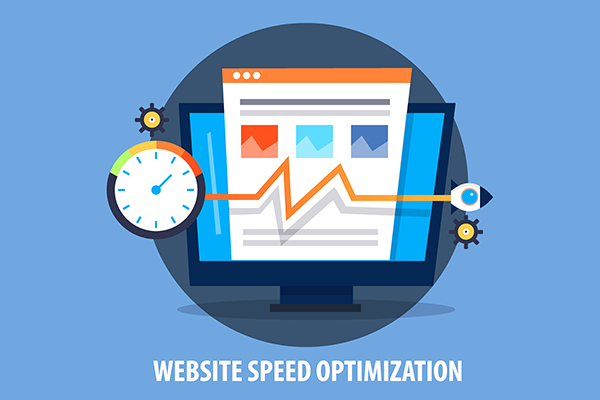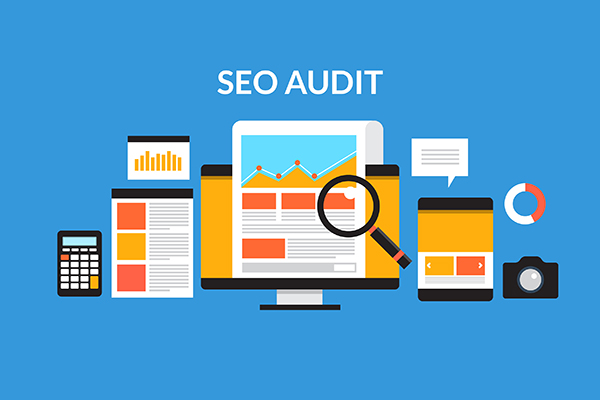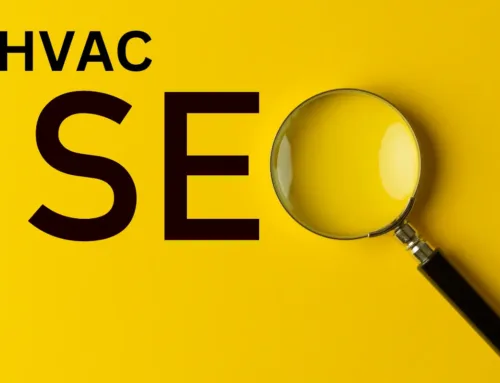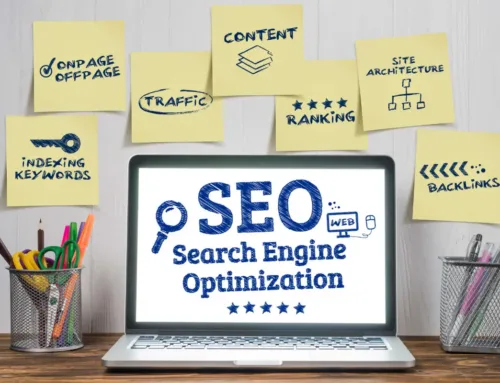Launching a new website is an exciting experience. It is a chance to start fresh. A new site means a new strategy to gain traffic and sales.
But seeing a blank canvas of a site in front of them, marketers succumb to a rather basic folly. Instead of focusing on the more important factors, they become design-centric.
This is not to say that having a well-designed website is bad. A visually appealing site is good, but you can always schedule the designing process for later.
Your focus at the very beginning should be toward increasing sales and driving traffic to your site. And let’s face it, organic traffic is not easy to come by.
What you can do is optimize your site from the get-go. Here are 5 SEO considerations that you need to think about when launching a new website.
1. Focus on Speed

Speed is a detrimental factor in increasing website traffic. At the end of the day, your major goal with a new website is to gain traffic, right? Well, site bounces can prove a formidable enemy in the face of such goals.
When your site loads quickly, both your consumer and you can benefit.
Your visitors do not work on your time, and if they do not see a site showing up in less than three seconds, they will leave.
This poses a serious problem because the average landing page loads fully in about 22 seconds.
The problem gets worse with mobile users, whose bounce rates increase by a whopping 113% if the site does not load fully within seven seconds.
But all is not lost. With the help of Google’s PageSpeed Insights tool, you can increase your loading speed to significantly quicker levels.
To use the tool, simply enter your URL, and click on analyze. The tool will then show you various statistics about your site performance.
Make sure to go through all the stats and work on improving them. One thing you will notice is that there is a whole section dedicated to the mobile platform. The next section will discuss why Google pays so much attention to it.
2. The Mobile First Approach

There is no doubt that mobile phones are being used more than PCs these days for browsing the Internet.
Gone are the days when Google used to index sites on the basis of its desktop version. Google has now adapted the mobile-first approach, which indexes a site on the basis of its mobile version.
If both the mobile and desktop version of your site is the same, you might not get affected. However, if your site varies in the experience on both the platforms, then you might get some issues with your ranking.
To solve the issues, you should, first of all, improve the overall design of the mobile site. Ensure a smooth navigational experience for your users.
Besides that, you should focus on adding an important feature that you might have had on the desktop version of your site.
Since the majority of the people are now using mobile phones, they won’t be left stranded if they wish to make a purchase on the mobile site and cannot find the “Pay Now” button on their screens.
Just remember that when you are transferring everything to the mobile version, make sure that you do not forget to add content into the mix as well.
3. Content Creation from the Get-Go

In the introduction, we talked about how organic traffic is hard to come by. It’s hard because of the effort it takes. Content marketing is a primary part of that effort.
From targeting keywords to gaining an audience, content helps you gain all of that.
Before launching your site, you need to take some time off and create content. Make sure that content is relevant, grammatically correct, and is targeting the right keywords.
You need something to work with, don’t you? Stockpiling content beforehand is that something.
When you have content on your site, people know that you are legitimate. Your activity on the blogging platform on a daily basis during the first few weeks would play a crucial part in your success later on since good content is an investment.
Try to aim for over 16 blog posts on a monthly basis because, according to Hubspot, it results in an increase in traffic by 3.5%.
As far as word count is concerned, try to aim in between 1000 to 2000 words on a regular article. Longform articles are very useful in this regard as well because a well-researched article can help you gain a better ranking, as well as topic authority.
4. Utilizing Google Analytics and the Search Console

Making data-backed decisions is very important for SEO. Google Analytics (GA) helps you make those decisions.
GA is a wonderful tool that points out everything that is happening on your site. It tells you what you are doing good and what you are doing bad, and offers suggestions for improvements.
Once you have set up GA, try to look at the places where your links are coming from and how people are finding your site. The channels could be Facebook, Twitter, referrals, or any other, but it is important to keep track of them. GA helps you to do just that.
Using the Monster Insights plugin, you can add GA into WordPress (if you have a WordPress site).
When you have set up Google Analytics, go to the Google Search Console. Similar to GA, it is also easy to set-up. When you have finished adding your site, you can find a lot of interesting details about your site’s search traffic, page links, content performance, and much more.
Having both of these set up when your site is just in its infancy is very beneficial. It allows you to track your site’s progress from the very beginning. Make sure to use both of these tools on a weekly basis. You never know when you might need to optimize something.
5. SEO Audits

You do not have to wait to audit your site for optimization purposes. While the audit might not show much at the beginning, you will have a ground on where your SEO stands.
Here are some tips that you might find useful when you are doing an on-page SEO-audit.
- Pick one keyword at a time. This helps you analyze keywords that have a lower volume but start to gain traction over time.
- Attract search engines with a unique title tag. If you want, you can also include modifying phrases like “2019” or “best”. They help you pick up long tail searches easily.
- Make sure that your title tags are not longer than 55 characters. You do not want them to get cut out in the search results.
- Keep meta-descriptions shorter than 160 characters.
- Try to keep your URL’s short and sweet. Also, make sure to include the target keyword in the URL as well.
- Use easy-to-see buttons for social media sharing.
- Add internal links where possible.
- Optimize your images. If there is a possibility that you are using a copyrighted image, avoid it. Instead, create custom graphics.
Lastly, you should always use an external auditing plugin like SEOptimer to check where you missed out.
Conclusion
The article provided you an overview of the five SEO considerations that you can take for a new site. One thing we can say is that while the article might be useful to you, the links will prove even more useful, so take a look at them as well.
Moreover, there are many other SEO considerations that this article does not cover. We believe keeping it simple in the beginning is the best way to go.
Overall launching a new site is both a scary and exciting experience. Our only advice would be to not get intimidated by the fear of the unknown and hire an “affordable SEO service”. Feel things out for yourself. You can always look for SEO services later on.




